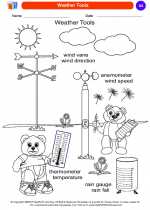Digestive System
The digestive system is a group of organs working together to convert food into energy and basic nutrients to feed the entire body. Food passes through a long tube inside the body known as the alimentary canal or the gastrointestinal tract (GI tract). The alimentary canal is made up of the oral cavity, pharynx, esophagus, stomach, small intestine, and large intestine.
Organs of the Digestive System
- Oral Cavity: Where digestion begins. The process of chewing the food and mixing it with saliva starts the process of breaking down food into a form your body can absorb and use.
- Pharynx: The pharynx is the part of the throat situated immediately behind the mouth and nasal cavity, and it is the passageway for food and air.
- Esophagus: The esophagus is a muscular tube connecting the throat (pharynx) with the stomach. It is responsible for the movement of food to the stomach through a series of muscular movements called peristalsis.
- Stomach: The stomach is a J-shaped organ where food is further broken down and mixed with gastric juices to form a mixture called chyme.
- Small Intestine: The small intestine is where the majority of digestion and absorption of nutrients occurs. It is divided into three parts: the duodenum, jejunum, and ileum.
- Large Intestine: Also known as the colon, it absorbs water from the remaining indigestible food matter and transmits the useless waste material from the body.
Study Guide
To understand the digestive system, it's important to focus on the following key points:
- The functions of each organ in the digestive system
- The process of digestion, including mechanical and chemical digestion
- The role of enzymes in breaking down food
- The absorption of nutrients in the small intestine
- The importance of fiber and water in digestion
Students can also benefit from understanding common digestive disorders such as acid reflux, ulcers, and irritable bowel syndrome, and how to maintain a healthy digestive system through a balanced diet and regular exercise.
By mastering these concepts, students will gain a comprehensive understanding of the digestive system and its significance in maintaining overall health and well-being.
[Digestive System] Related Worksheets and Study Guides:
.◂Science Worksheets and Study Guides Kindergarten. Weather

 Coloring Worksheet
Coloring Worksheet
 Coloring Worksheet
Coloring Worksheet
 Coloring Worksheet
Coloring Worksheet
 Coloring Worksheet
Coloring Worksheet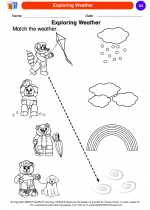
 Coloring Worksheet
Coloring Worksheet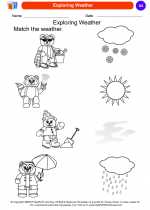
 Coloring Worksheet
Coloring Worksheet
 Coloring Worksheet
Coloring Worksheet
 Coloring Worksheet
Coloring Worksheet
 Coloring Worksheet
Coloring Worksheet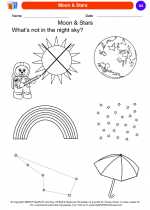
 Coloring Worksheet
Coloring Worksheet
 Coloring Worksheet
Coloring Worksheet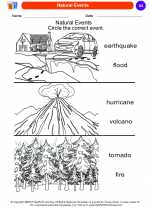
 Coloring Worksheet
Coloring Worksheet
 Coloring Worksheet
Coloring Worksheet
 Coloring Worksheet
Coloring Worksheet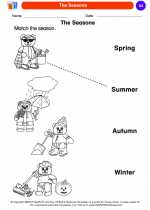
 Coloring Worksheet
Coloring Worksheet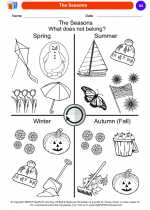
 Coloring Worksheet
Coloring Worksheet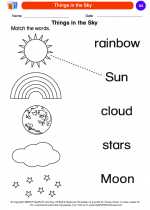
 Coloring Worksheet
Coloring Worksheet
 Coloring Worksheet
Coloring Worksheet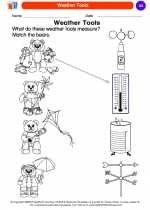
 Coloring Worksheet
Coloring Worksheet